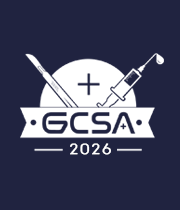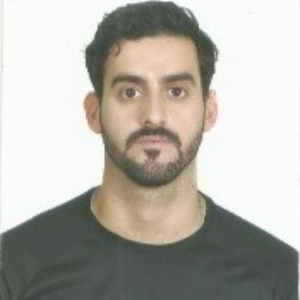Title : Advances in pedicled flap for lower third sternal reconstruction after sternotomy dehiscence
Abstract:
Introduction: Sternotomy dehiscence represents a significant complication post-coronary artery bypass surgery, necessitating effective sternal reconstruction techniques. Traditional methods, including Pectoralis muscle advancement, Rectus Abdominis muscle flap, and Omental flap, have been complemented by innovative approaches. This study reviews the evolution of these techniques, focusing on their application for the lower third of the sternum.
Method: A comprehensive literature review was conducted, spanning articles from the 1980s to 2023, sourced from online databases by the Northern Sydney Health District Library. The search focused on sternal reconstruction techniques, particularly those that use flaps to address the lower third sternum reconstruction (LTSR).
Discussion: The study highlights the effectiveness of Rectus abdominis muscle(RAM) and Pectoralis major flaps (PM), either alone or in combination, for LTSR. Variations of flaps were discussed, such as the tri-pedicle pectoralis major myocutaneous flap. Innovations include laparoscopic harvesting of the RAM-PM flap and adaptations of the RAM flap utilising intercostal perforation techniques, even with previous harvesting of ipsilateral and bilateral internal thoracic arteries. Comparative analyses underscored the limitations and advantages of various techniques, focusing on minimizing complications and optimising aesthetic and functional outcomes.
Conclusion: The continuous evolution of sternal reconstruction techniques, particularly for the challenging lower third sternum, underscores the importance of innovation in addressing complex surgical challenges. We have not identified a breakthrough addressing the LTSR, but the authors have demonstrated different techniques using well-known flaps. Future research should focus on refining these techniques and exploring new materials and methods to improve patient outcomes post-sternotomy dehiscence.



